As of 2023, 89% of companies are using a multi-cloud approach.
The race to the cloud might feel truly like that – a race – but the finish line isn’t hybridization or even a full migration.
Even after you’ve made it to the cloud, there’s still more work. Namely, determining cloud costs. Microservices, containers, Kubernetes made resource costs, associated costs and more are near-impossible to sort though. Without a way to put a reason to a price tag and to break down where your money is going, justifying cloud costs is near impossible.
This is why 32% of cloud budget goes to waste.
That can be made 0% with cloud cost management tools.
What is cloud cost management?
Spend for fully cloud and hybrid cloud environments is a stubborn mystery without the right cloud cost management solution.
Cloud cost management, also known as cloud cost optimization, is how you can finally put a number to your cloud spend. Cloud cost management gives you the tools to enable you to monitor, measure, and control spend for AWS, Microsoft Azure, and Google Cloud providers.
It should be noted that increased cloud costs isn’t always a bad thing. Adding more customers is going to increase your AWS bill. The real question is how much your margins are increasing the more you onboard.
As more companies migrate to the cloud, cloud cost management platforms continue to evolve. Traditional cloud cost management focuses on reducing idle resources and using discount program purchases.
Modern tools focus on architectural optimization. The goal of this shift is to ensure that you and your company are only paying for the infrastructure you and your customers need. Measuring unit cost, cost per customer, and COGs are vital. In particular, to help monitor margin increases, cloud cost management tools will track how your customers are using your product so you can optimize cost and performance without sacrificing customer satisfaction.
Think of it this way. Have you ever looked at a tool in your cloud platform and thought, do I really need this?
If you answered Yes, you need a cloud cost management solution.
Cloud cloud management solutions benefits
Cloud cost management comes with benefits both clear and hidden. Here are a few you can expect:
-
- Improved forecasting visibility which enables you to grow faster but at lower costs.
- Improved visibility into the impact of work for your whole team, making it easier to highlight achievements and assess failures.
- Ability to easily determine which services are best for each application in terms of cost-effectiveness.
- Power to properly set your pricing structure as you have a complete understanding of operational costs.
- Bettered understanding of your most and least profitable customers, projects, and cloud technologies.
- Cloud predictability that means there is no question as to where your money goes when it enters the cloud.
Cloud cost management solutions mean you have complete control over your cloud experience. You have clear visibility into current spend and future forecasting, and can adjust your prices and customer offerings to optimize spend while increasing profit.
What types of cloud cost management softwares are there?
Cloud cost management softwares depends on your need and your team size. If you have a small team, the cloud cost management service provider by your cloud vendor could suffice. Azure Cost Management, Google Cloud Cost Management, and AWS Cloud Financial Management tools all include improved accounting softwares and even alarms that you can customize as needed.
But you’ll likely chafe with these tools if you’re at a larger company or if you’re looking for data that populates without you having to lift a finger. That’s where cloud cost management tools come in.
These services are designed to pull data for multiple clouds and build reports that you can screenshot and spread if costs are getting too high, or if the tool has uncovered a way to improve your efficiency.
These tools can vary from those available for any organization, to those that are well-versed with your specific industry. It is hard to onboard new companies that aren’t familiar with your very sector-specific rules and regulations, which is why if you’re a FinOps or a healthcare organization, it would be to your benefit to select a tool that already has experience in your field.
How we picked the top tools of 2024
We reviewed these tools based on these five features:
-
- Scalability & compatibility. The cloud is ever-changing. To get consistent data, you’ll want to partner with a cloud management software provider who can match changes in the cloud and changes in your business. Your ideal provider should be able to match your needs stride for stride, offering optimal compatibility no matter the ask.
- Security & compliance. Data in the cloud is often sensitive, and you shouldn’t have to worry about cybersecurity or compliance issues.
- Reporting & monitoring. Top cloud management platforms should have easy to read, understandable, and customized reports to fit your company’s needs.
- Pricing. Quality often comes with a hefty price tag. Cloud management softwares that rank well with price are those that offer a competitive price without sacrificing excellence.
- Customer support. You should get help when you need it, and quickly. Accessible phone support, live chat, and rapid responses is a must.
Best cloud cost management tools
Before we jump into why we ranked these tools as we did, here’s a quick overview of our top cloud cost management softwares of 2024. Each category is rated on a scale of 1-5.
| Company | Scalability | Security & Compliance | Reporting & Monitoring | Price | Customer support | Overall Rating |
| Anodot | 5 | 5 | 5 | 4.5 | 5 | 4.9 |
| Zesty | 4 | 5 | 3 | 5 | 5 | 4.4 |
| Densify | 4 | 3.5 | 5 | 4 | 5 | 4.3 |
| Cloudability | 4.5 | 4 | 5 | 4 | 4 | 4.3 |
| VMware Aria CloudHealth | 4 | 4 | 5 | 4 | 4 | 4.2 |
| Datadog | 4.5 | 4 | 4.5 | 4 | 4 | 4.2 |
| Kubecost | 3.5 | 4 | 4 | 4 | 5 | 4.1 |
| Harness | 4 | 4 | 4 | 4 | 4.5 | 4.1 |
| Turbonomic | 4.5 | 3.5 | 4 | 4 | 4 | 4 |
| Azure Cost Management + Billing | 3.5 | 4 | 4 | 5 | 3.5 | 4 |
| CAST AI | 5 | 4.5 | 3.5 | 3.5 | 3 | 3.9 |
| Amazon CloudWatch | 3.5 | 4 | 3.5 | 4 | 4 | 3.8 |
| ServiceNow | 3.5 | 4 | 4 | 4 | 3.5 | 3.8 |
Anodot
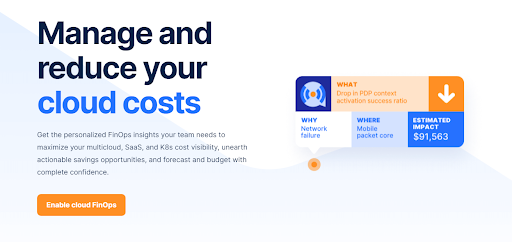
Anodot’s tech has helped clients save up to 40% on annual cloud spend using proactive analytics powered by AI and ML. International fortune 500 companies use Anodot for cloud management to reduce cloud waste and increase revenue.
With Anodot, you can count on:
- Integration with a vast monitoring system means excellent customer experience at a budget-friendly price.
-
- Personalized dashboards to track unit economics and spend.
- Autonomous anomaly detection, recommendations, and forecasts mean for easy user experience and a cost efficiency boost.
- Granular attention to detail so you can save costs at every opportunity.
- Complete management and control of your multicloud with one tool.
- Easy to use and understand dashboards means action items that get things done, making for seamless cross-team collaboration.
- Identify and resolve problems before customers even know they exist.
- FinOps expertise which eliminates lengthy on-boarding time and means Anodot can start helping you save ASAP.
Anodot provides next-gen level intelligence to identify anything from revenue-critical business incidents to budget optimization opportunities in real time. Its alert system means you can safeguard your revenue without having to constantly monitor your cloud usage.
Overall, we rate Anodot a 4.9. Anodot’s ability to help FinOps companies save up to 50% on yearly cloud spend put it far ahead of the pack. Schedule a demo today to see how you can catch up on saving.
Zesty
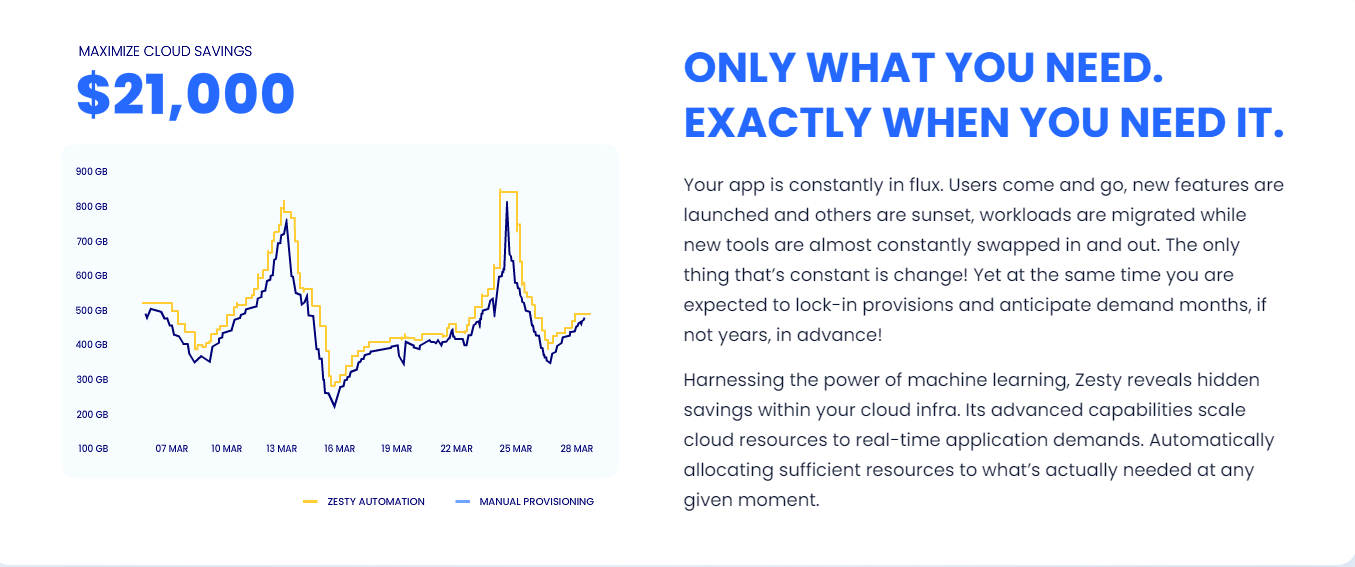
Zesty’s main draw is its automation abilities. Though its reports are not as sophisticated as other cloud management softwares on this list, it is easy to adjust spend as needed with this tool. For example, Zesty can be automated to monitor the market for discounted instances with excess capacity on the cloud. It also has a tool enabled by AI algorithms that work with AWS’s API to run only the machines needed for a specific user to improve budget.
Zesty has also expanded to offer commitment discount options (Zesty Commitment Manager). Currently, this option is only available for AWS users. It also has Zesty Disk, an optimizer that dynamically shrinks or expands your disk capacity to meet your usage requirements on an as-needed basis.
Overall, Zesty is a great choice for automation, but not the best in terms of monitoring. For this reason, we rate it a 4.4.
Densify
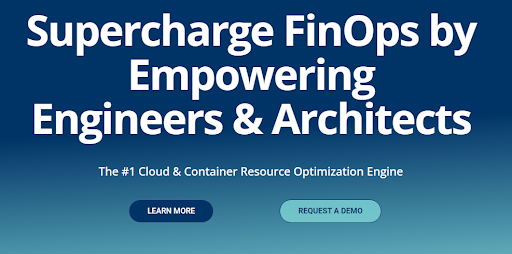
Densify’s cloud resource optimization tool excels at providing cost-saving opportunities. This cloud management solution recommends running clusters by keeping precise and meticulous data loads that you can quickly scale up or down.
Densify believes that by having optimizers focused on cloud resources like Kubernetes clusters and VMware, you can improve scaling by 30%. Expect alerts for over-allocated resources or instances of poorly used family instances.
Overall, we rate Densify a 4.3 because of its ability to create extensive and detailed reports that appease stakeholders of any standing.
Cloudability
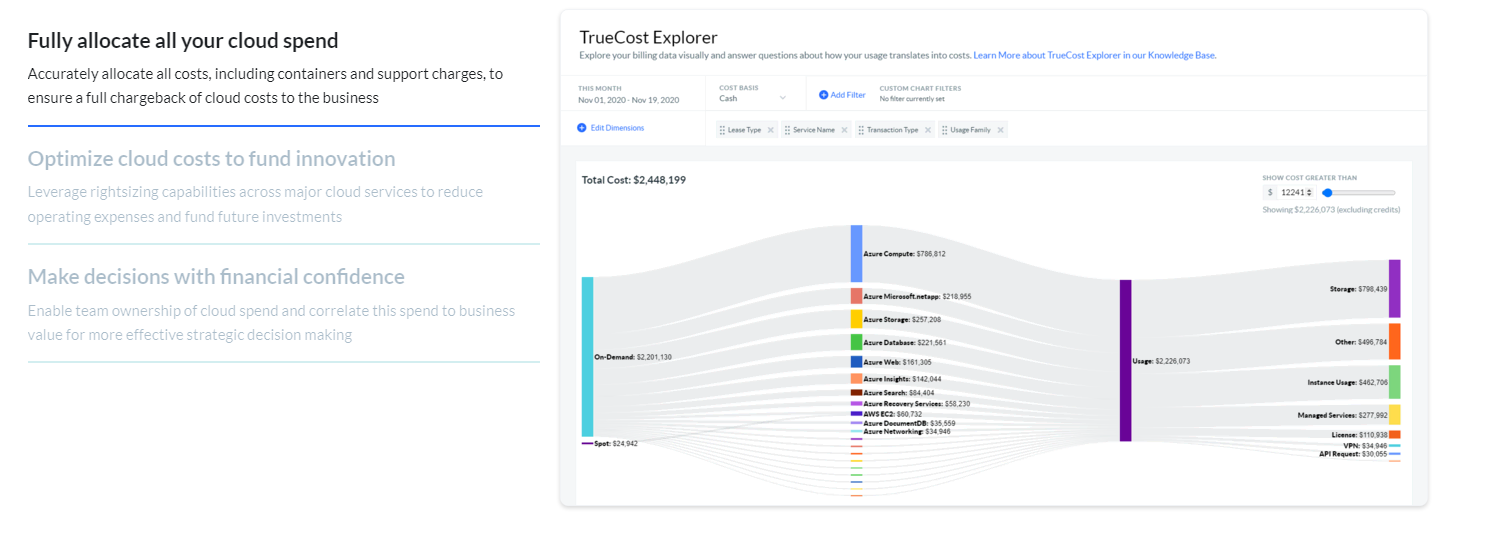
Apptio’s Cloudability will make your accounting team happy by breaking down in-use cloud instances to easily allocated costs. Cloudability’s True Cost Explorer has pivot table charts that lets you switch between aggregated variables to predict future costs, taking the mystery out of cloud prices. Cloudability integrates with a wide variety of tools as well, blending with ticketing tools like Jira or tracking tools like Datadog.
With its budgeting, forecasting, and rightsizing offerings, Cloudability is a flexible tool that is sure to help you reduce your cloud costs while maintaining efficiency. Our overall rating for this cloud management software is a 4.3.
VMWare Aria CloudHealth

VMWare nests Aria Cost and Aria Automation under the CloudHealth software banner. Both these tools manage hybrid and full cloud deployment. Aria Cost specializes in spend optimization. It tracks spending and optimizes deployments to improve cost effectiveness.
Its dashboards are perfect for financial managers and deployment teams, the former with a full view of forecasts and cost metrics, and the latter with security enforcement and automated deployment.
Overall, we rate VMWare’s Aria Cloudheath a 4.2. Its showback and chargeback features mean cloud cost accountability is easy to measure and empowers you to optimize spend, and its appealability across teams is hard to beat.
Datadog
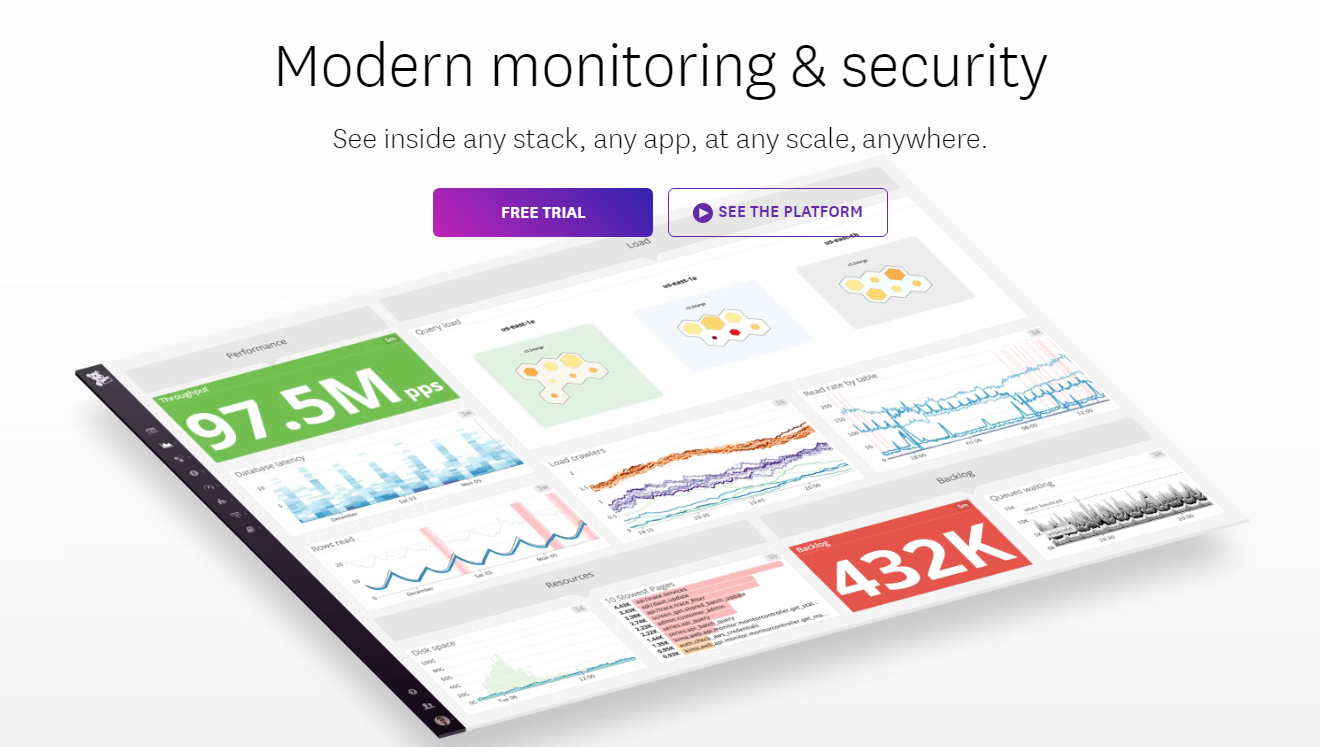
Datadog expands beyond cloud costs. It focuses on application cost and performance with its dashboards, with an eye for cost savings tools. It integrates with almost any popular tool or service and offers real-time monitoring dashboards of your servers, databases, and other tools.
Datadog is known for its ease of use and rapid deployment. Allocating your cloud spend by AWS or Azure, product, service, or team, or by cluster, node, or pod for Kubernetes’ K8s.
Overall, we rate Datadog a 4.2. Datadog makes it easy to monitor across multiple clouds, which is a good tool to grow with, and with its custom metrics and application-level cost data, it’s a solid cloud cost management solution.
Kubecost
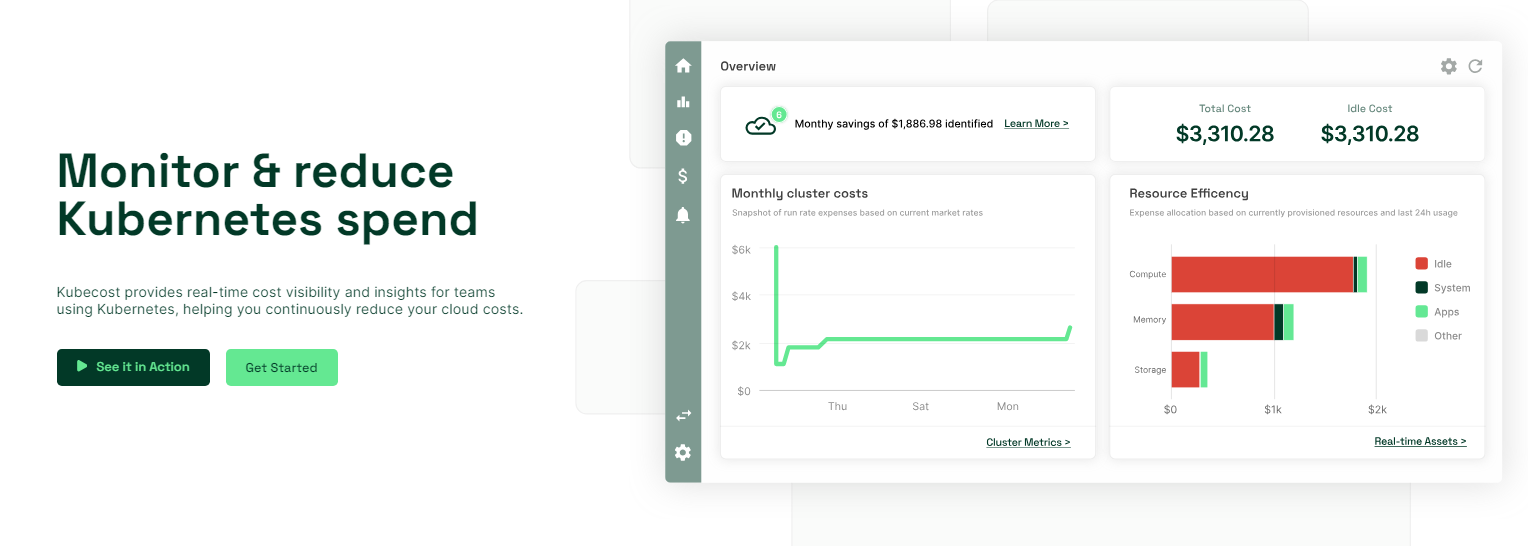
Kubecost is a great cloud cost tracking tool if you need to monitor your Kubernetes spend. Able to work across all major cloud and on-prem hosted pods, Kubecost tracks costs as Kubernetes adjusts loads. Reports are customizable and provide dynamic recommendations to adjust for cost savings. Any unexpected deployments or large jumps are flagged.
Similar to CastAI, Kubecost provides real-time visibility into your K8 cluster cost data. As your bill can be broken down by namespace, service, deployment, and costs across multiple clusters, custom optimizations are easy to apply.
For this reason, we rate this cloud cost management tool a 4.1, with our main con being that though this tool still works with AWS and Azure, it was designed to best help Kubernetes performance.
Harness Cost Management
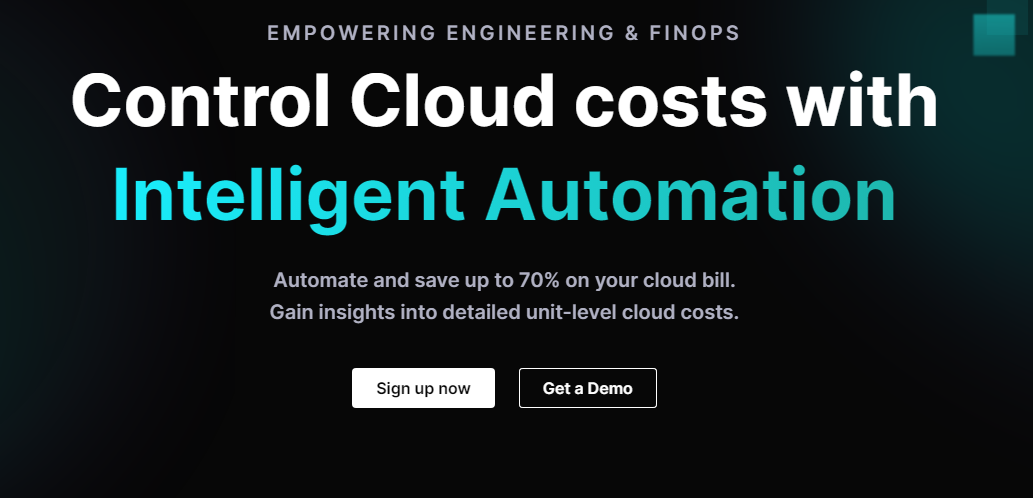
An ideal choice for DevOps teams to get cloud budgets in order, Harness Cost Management lets you track cloud usage data by the hour. It makes it easy for you to determine which features are in high use, which are underallocated, and which are completely idle. Completely unused instances can be automatically stopped, which is a great hands-off feature for cost savings.
While Harness doesn’t map cost to specific projects or features, it provides the context necessary for reporting. Cost anomaly detection and alerting tools are also included in their standard cloud cost management package.
Overall, we rate Harness Cloud Cost Management a 4.1. It offers well-rounded cost management services, with excellent customer service, but it doesn’t delve as deeply into reporting or other cloud management aspects.
Turbonomic

IBM’s Turbonomic delivers AI-powered solutions that match application demand stride for stride. Expect for Turbonomic’s tools to start, stop, and move applications, all in response to demand. Since the data that the AI runs on is constantly learning, it will continue to grow and evolve to personally fit your business model. Engineering teams don’t have to worry about resource allocation because Turbonomic’s AI will do that for them.
Cost management for on-prem, cloud-native, and hybrid cloud applications is done by scaling resources to optimal performance and costs. As with other tools on this list, Turbonomic also includes idle resources and discount coverage identification and other cost-saving recommendations. Because of this, we rate Turbonomic a 4.
Azure Management Tools
Azure Cost Management + Billing is Microsoft Azure’s native cloud management tool. As such monitoring of Azure cloud costs, cost analysis, cost optimization, budgeting, and cost management data exports are all top notch.
You can also manage billing data from Azure and AWS if you use both tools.
With that said, this isn’t the best tool if you’re looking for cloud management software that specializes in improving efficiencies and cutting costs. It’s also not the best tool if you’re managing a multi-cloud platform across AWS, Azure, and GCP.
Overall, we rate Azure Management Tools a 4. It has free tools to get started with improving cost efficiency for Azure cloud, but it’s not top of the line in terms of scalability or customer service.
CAST AI
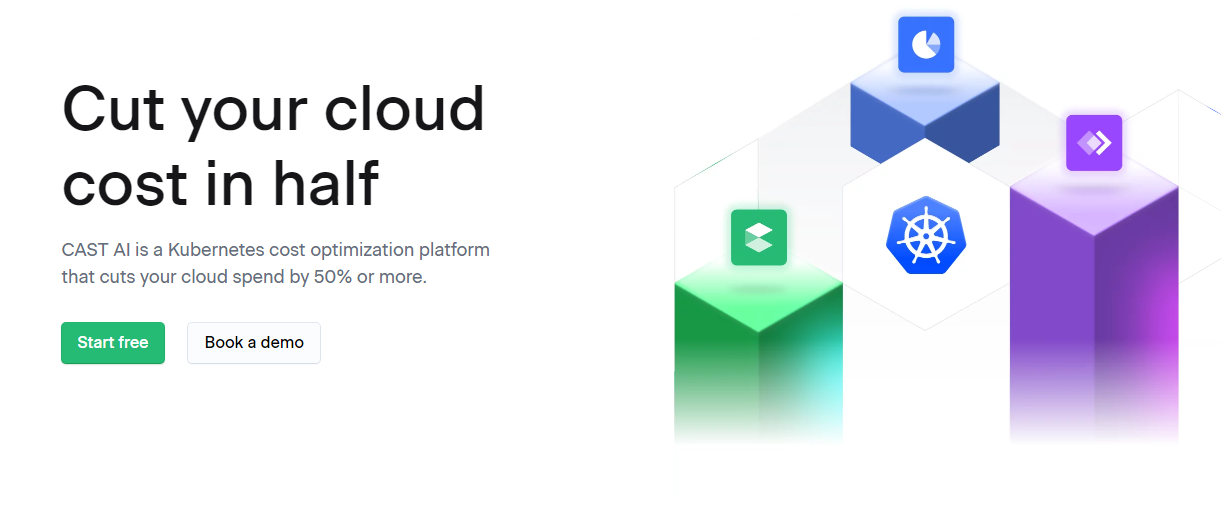
CAST AI is known for being one of the best Kubernetes autoscalers, helping you better use resources while cutting costs. Advanced K8s cost management capabilities and AI inspections mean for real-time optimization recommendations. These automations can be applied to cluster hibernation, rightsizing, and instant rebalancing.
CAST AI integrates well with OpenShift for AWS, EKS, GKE, AKS, and KoPs.
A downside of CAST AI is that its platform has a steeper learning curve.
Overall, we rate CAST AI a 3.9, with its main drawbacks being it is harder to learn without customer support.
Amazon CloudWatch
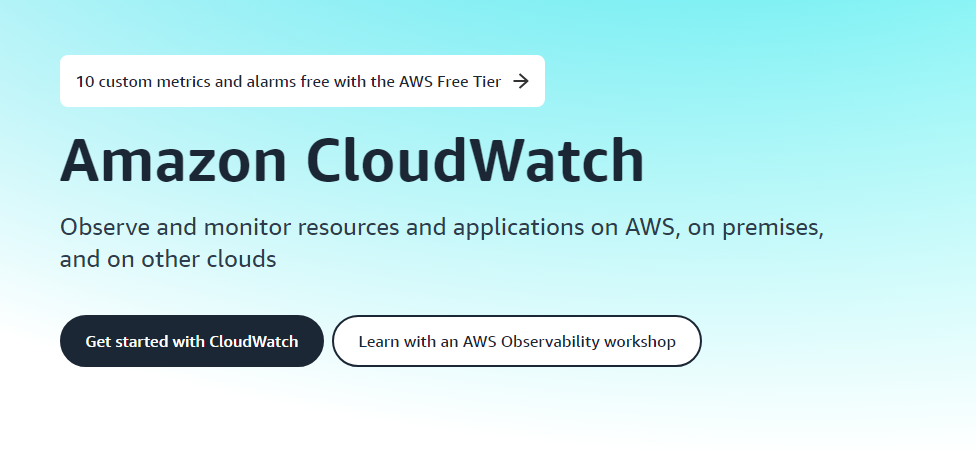
CloudWatch is AWS’ native cloud cost management tool. Expect in-depth AWS cost reporting on over 70 AWS applications, resources, and services on a single, easy to use dashboard. It can be used in tandem with AWS Cloud Explorer, AWS Cost and Usage Report, and AWS Budgets. It’s also easy enough to customize things to set anomaly alarms, pull custom metrics, or automate actions on Kubernetes, ECS, and EKS clusters.
With that said, this tool can only go so far. It’s perfect for basic monitoring, but its user interface can get clunky when you want to use multiple tools. The data retention is also not the best, and it’s impossible to collaborate with your team.
Overall, we rate CloudWatch a 3.8. It’s a great tool if you’re looking to get started on cloud cost management for AWS, but if you want to really see cost savings and efficiency increases, you’re best off looking elsewhere.
ServiceNow
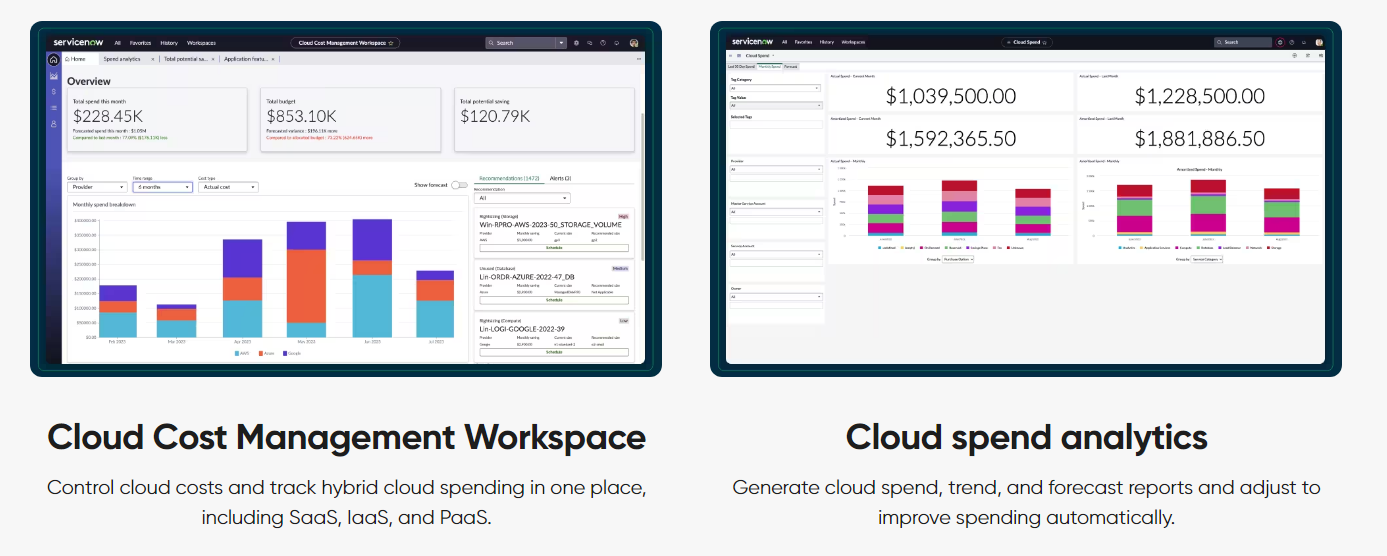
If you have multiple teams running multiple microservices, ServiceNow is a good cloud management tool.
It has customer-facing solutions that make this a great tool to easily translate data to third parties and backend tools that optimize output. Depending on your service selection, you can also pick an AIOps to provide automated AI solutions.
Overall, we rate ServiceNow a 3.8. If you’re looking for help with microservices and want a tool that provides reports for third-parties and your internal team, it’s a good choice, but its specializations don’t lie with cloud cost optimization.
Cloud cost management FAQ
Is cloud cost management really that important?
Cloud costs grow with the cloud landscape. In larger organizations, where decision making is decentralized, expense visibility is low. As companies continue to race against the clock to migrate to a hybrid, fully cloud, or multi-cloud environment, it’s easy to pick up high-cost services with questionable returns.
This is why if you want to enable fast growth and maintain profitable margins, cloud cost management is incredibly important.
This is especially the case if you are using a multi-cloud combination. Cloud cost management provides visibility into the cost of different public cloud providers, making it easy to uphold accountability while improving efficiency and performance.
Without cloud cost management, it is common for businesses to overpay for underused cloud services or inadequate performance.
What are common cloud cost management strategies?
Cloud cost management strategies vary depending on your goal and company. Common strategies include:
- Power scheduling. Some companies don’t need their services 24/7. Overnight or over-weekend shutdowns can save a lot of excessively used budgets while maintaining customer satisfaction and efficiency.
- Automatic scaling. Right-size your cloud usage to your company needs, and have your cloud scale up (or down) with you as that usage changes. This means you’re only paying for the cloud services you need at that current time.
- Discount instances. Discount instances often don’t guarantee availability, so they’re not the best choice for heavy workloads, but when used sparingly at the right time, they can save you a lot of money.
- Remove unused instances. If you’re not using it, get rid of it. Save budget.
- Get help from a third party tool. You don’t have to juggle a cloud cost management strategy on top of everything else. As you’ve seen above, there are tools that can pull all of this data – and more – in a helpful 24/7 dashboard to answer any and all the questions you need.
Anodot’s cloud cost management solution
Cloud cost visualization services give you peace of mind so you don’t have to worry about how much you’re spending in the cloud, but instead you can brag about how much you’re saving with tools like Anodot’s cloud cost management tools. These cloud management solutions mean you can get data down to the hour with retention periods up to 18 to 24 months. With all of your multicloud and K8 data in one place, you can easily review and adjust cloud budgets accordingly.
Anodot demystifies cloud costs for FinOps organizations. We do this by working with your team, spotting irregular cloud spend to make your systems more efficient and cost-effective. You can up to 40% on annual cloud spend with Anodot’s Cloud Cost Management solution.
Need proof of concept? Talk to us for more insight into cloud usage, costs, and how much you can save with Anodot’s tools.
Book your Demo today!
Get full visibility into your multicloud environments so you can visualize, optimize, and monitor your cloud usage and costs across cloud providers and teams.





